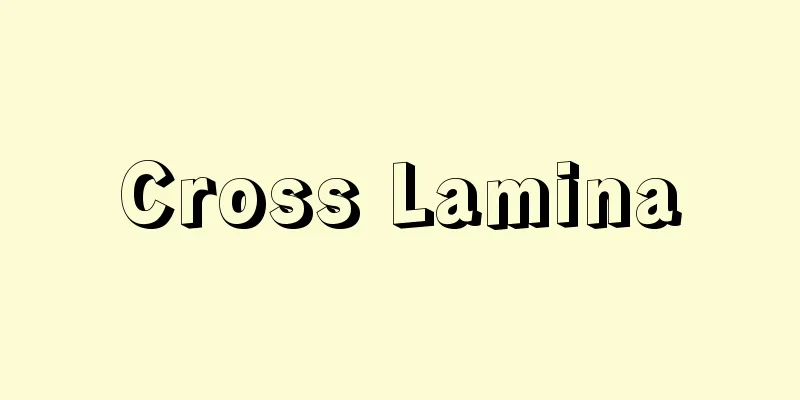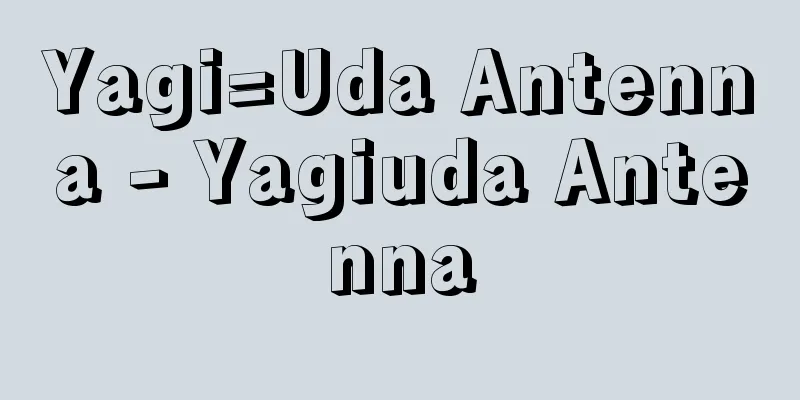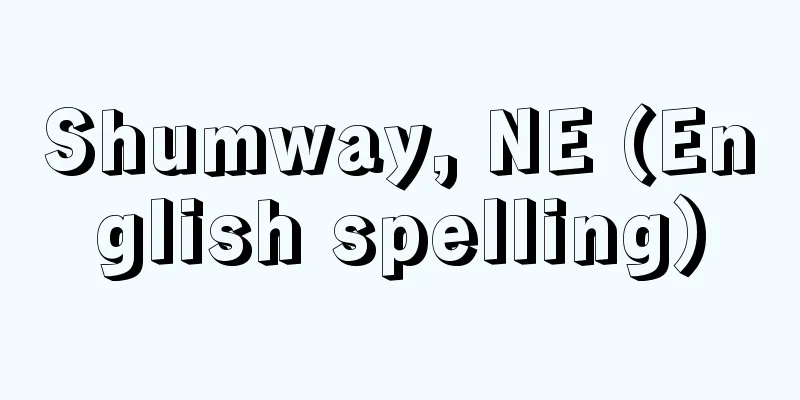Cross Lamina

|
A type of sedimentary structure. The upper and lower laminae are not parallel, but cross each other at an angle. This occurs because the strength and direction of the wind and water currents that transport the sediments often change. This is particularly noticeable in sand dunes, rivers, and shallow sea deposits. It is used to determine the top and bottom of strata and the direction of transport of debris. Source : Heibonsha Encyclopedia About MyPedia Information |
|
堆積構造の一種。上下の葉理(ラミナ)が平行でなく,互いに斜交する現象。堆積物を運搬する風や水流の強さや方向がしばしば変化したために生じる。砂丘,川,浅海の堆積物中に特に著しい。地層の上下の判定や砕屑(さいせつ)物の運搬方向の決定などに利用される。
出典 株式会社平凡社百科事典マイペディアについて 情報 |
<<: Crosland, Charles Anthony Raven
Recommend
Peligot, EM (English spelling)
…It was discovered in pitchblende by the German M...
Leader - Leader
The name of a military officer in Goguryeo and Sil...
Elphinston
1779‐1859 Governor of Bombay under the British Eas...
Anthocyanin
A pigment that gives red, purple, blue, etc. to t...
Oshima Tsumugi
It is a plain-woven silk fabric produced mainly i...
Quadruple Skull - Quadruple Skull
…A coxswain (a rower without a rudder) is steered...
Kawatana [Hot Spring] - Kawatana
A hot spring in Toyoura-cho, Toyoura-gun, Yamaguch...
Prince Katsurahara
Year of death: 4th June 853 (13th July 853) Year o...
Jimson weed
…It was imported into Japan during the Edo Period...
Chudsko-Pskovskoe ozero (English spelling) ChudskoPskovskoeozero
…Lake Chud is a large lake that forms the border ...
pilgrim shell
...The shell of the similar species, P. sinensis ...
Amati - Amati (English spelling)
A family of violin makers active in Cremona, Ital...
Widal reaction
A specific agglutination reaction between the pati...
Kogoto Kobei - Kogoto Kobei
Rakugo. Tanaka Kobei, a landlord living in Furuka...
Tasmanian devil
It is an animal of the Marsupial order of Mammali...









